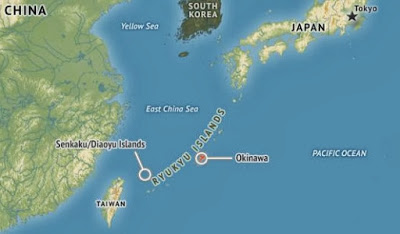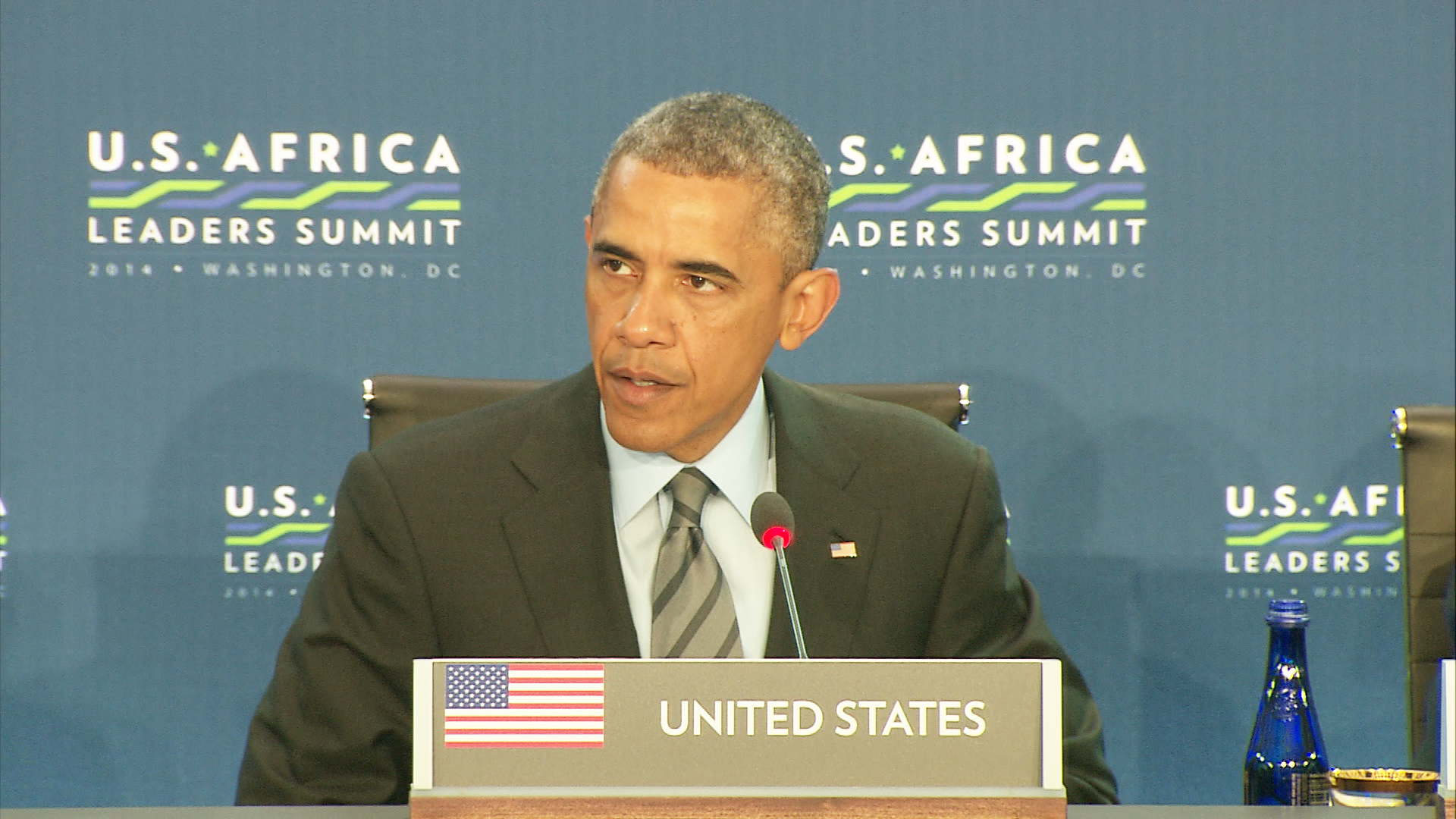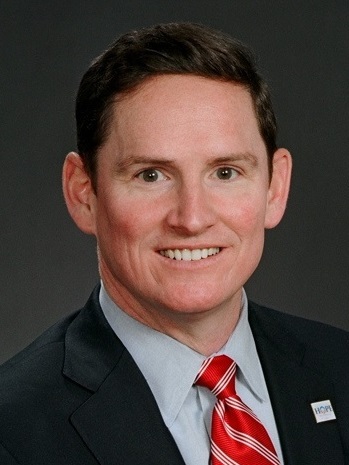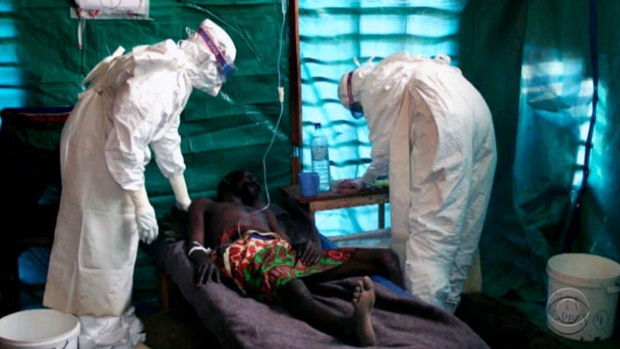President Shinzo Abe of Japan and President Xi Jinping of China may meet for the first time at the upcoming APEC summit. Abe has reportedly agreed to significant concessions regarding the disputed Senkaku Islands. The leaders of Japan and China have not met since taking their current positions on the status of the Islands in 2012.
Abe is prepared to acknowledge that China has a case in their claim to the Senkaku Islands, which China calls the Diaoyu Islands, altough Abe maintains that the Senkakus are an inherent part of Japanese territory, according to Japanese government sources.
Previously, Japan has refused even to acknowledge that a territorial dispute exists, repeating on numerous occasions, “There exists no issue of territorial sovereignty to be resolved concerning the Senkaku Islands.”
Abe intends to propose settling the issue through mutual dialogue, according to the sources.
Abe and Xi have not met since the two leaders were elected in 2012, but it is reported that the two plan to meet for 15 minutes at the Asia-Pacific Economic Cooperation (APEC) summit in Beijing next month.
 The main roadblock to a meeting between the two leaders has been Japan’s refusal to acknowledge a territorial dispute. China has made repeated calls for such an acknowledgment, and the two governments engaged in a public dispute over the issue last year during the UN General Assembly meeting.
The main roadblock to a meeting between the two leaders has been Japan’s refusal to acknowledge a territorial dispute. China has made repeated calls for such an acknowledgment, and the two governments engaged in a public dispute over the issue last year during the UN General Assembly meeting.
“Japan needs to recognize that there is such a dispute. The whole world knows that there is a dispute,” stated Chinese Foreign Minister Wang Yi in September, 2013.
Shortly thereafter Abe stated, “Senkaku is an inherent part of the territory of Japan in light of historical facts and based upon international law, and the islands are under the valid control of Japan.”
Abe insisted that “Japan would not make a concession on our territorial sovereignty.”
However, both governments have asserted their desire for better relations.
The dispute over the Senkaku Islands, which Japan has administrated since 1895, intensified last year when China announced new borders for its air defense zone which overlapped existing Japanese air defense zones.
During that time, the Chinese economy has slowed, and Japanese investment in China dropped 40 percent on an annual basis in the first half of 2014 after dropping one-fifth last year.














